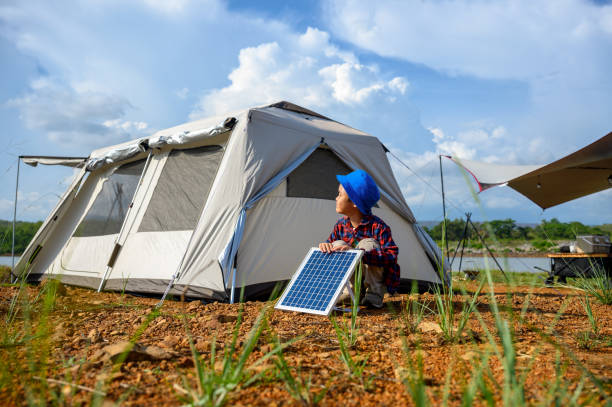
You finally decided to invest in a new solar power station, but you’re not getting the energy you were promised.
Was this all a bad plan, then?
No. Even if it performs poorly, a solar plant will still help you reduce your carbon footprint and bills! The underperformance of your solar power system is caused by various factors, many of which can be prevented.
This blog will help you understand the causes of a solar power system that is not performing as it should.
Solar Power System Underperformance: How to Spot It?
Understanding that a small drop in your solar system’s production is normal is important. You will always have fluctuations in your energy yield. Low efficiency is usually due to the following common causes:
* Changes in weather (extreme heat, rain or snow)
* Cloud cover/ haze
Solar panels – Direction and orientation
* There are power losses when converting DC power from modules into reusable AC power.
A solar energy system that generates less energy than expected is considered to be underperforming.
How could you possibly know?
First, you should know your solar system’s expected output based on its wattage. You can also check if your system is producing the amount promised by checking it manually or using applications.
Electricity bills are another way to determine if the system is performing well. If your monthly energy bills are increasing significantly, it could mean that your solar plant’s efficiency has decreased.
Soiling is one of the main reasons why solar panels perform poorly. The accumulation of dirt and dust on the panels, known as soiling, will reduce the amount of sunlight that reaches the panels.
Modules can be prevented from utilizing the full power of the sun by anything from bird droppings and dust accumulation to snow. Water residue left behind by rain can leave a dirty residue on the corners of panels. It can also reduce generation or even cause modules to overheat.
Solution:
It would be best if you cleaned your panels every two weeks.
* To prevent dust accumulation, invest in an easy-to-use device such as Aqua Pi, which drains the accumulated water.
2. Shading
Shadows on Modules can cause a variety of issues, from Reducing your generation to Increasing the risk of Hotspots. The walls of the roof, antennas, water tanks, and tree branches can all cause shading.
As a general rule, during the site inspection, any obstructions to sunlight are noted, and the system is then designed accordingly. New construction or trees and poles in the area may cause a problem.
The output of a string can be reduced by up to 40-80% when a solar cell is shaded. It is for this reason that shading is one of the main reasons why solar power systems lose efficiency. There are ways to reduce shading losses.
Solution:
Before installation, ensure that the site is inspected properly. Engineers will mount panels so that efficiency is not compromised in cases where shading at certain times or places is impossible to avoid.
Solar panel arrays can be connected in parallel rather than in a string to reduce shading losses.
* Invest in quality. The best panels have bypass diodes that provide an alternative path to the current in the event of shading. The latest modules on the market, such as those from Canadian Solar, have better shading tolerance technologies.
You can also purchase tracking systems to adjust the tilt angle of the panels so that they receive maximum sunlight.
When some solar cells are shaded, devices such as microinverters and power optimizers can maximize their output.
